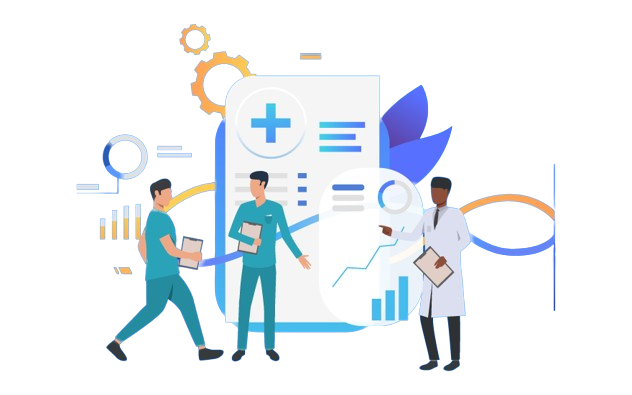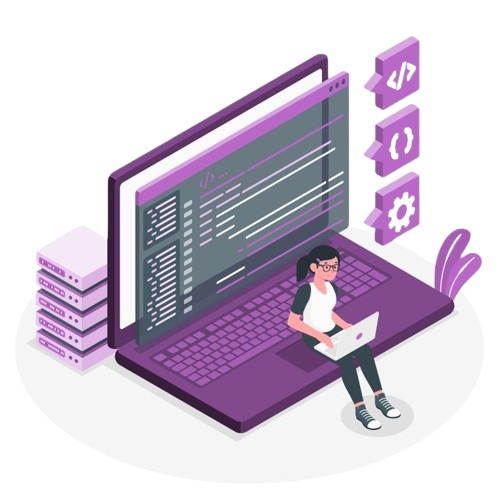How to Become a Hospital Administrator

In the dynamic landscape of healthcare, the role of a hospital administrator is pivotal in ensuring the efficient functioning of medical facilities. From managing budgets to overseeing patient care, hospital administrators play a crucial role in the healthcare industry. If you aspire to become a hospital administrator, here are the essential steps you need to take:
Introduction to Hospital Administration
Hospital administration involves overseeing the day-to-day operations of healthcare facilities to ensure the delivery of high-quality patient care. Administrators are responsible for managing finances, personnel, and facility operations.
Educational Requirements

To become a hospital administrator, a solid educational foundation is essential. Most administrators hold a Bachelor’s or Master’s degree in healthcare administration, healthcare management, or a related field.
Bachelor’s Degree in Healthcare Administration
A Bachelor’s degree provides a fundamental understanding of healthcare management principles, including healthcare finance, ethics, and strategic planning.
Master’s Degree in Healthcare Administration
A Master’s degree offers advanced coursework in healthcare administration and prepares individuals for leadership roles in healthcare organizations.
Gain Relevant Experience

Entry-level positions and internships in healthcare settings provide valuable hands-on experience. These opportunities allow individuals to learn about the complexities of healthcare management and develop essential skills.
Develop Leadership Skills
Effective hospital administrators possess strong leadership skills, including excellent communication, decision-making, and problem-solving abilities. These skills are essential for leading teams and navigating complex healthcare environments.
Understanding Healthcare Regulations
Hospital administrators must have a thorough understanding of healthcare regulations and compliance requirements to ensure that their facilities operate within legal and ethical boundaries.
Networking in the Healthcare Industry

Networking is crucial for career advancement in healthcare administration. Joining professional associations and attending industry conferences can help individuals build connections and stay updated on industry trends.
Job Search and Application Process
Crafting a compelling resume and cover letter
is crucial when applying for hospital administration positions. Highlighting relevant experience, skills, and achievements can help applicants stand out from the competition. Additionally, preparing for job interviews by researching the organization and practicing common interview questions is essential for success.
Advancement Opportunities
Continuing education and certifications can enhance career opportunities for hospital administrators. Pursuing advanced degrees or obtaining certifications in areas such as healthcare management or quality improvement demonstrates a commitment to professional development.
Challenges Faced by Hospital Administrators

Hospital administrators often encounter various challenges, including budget constraints, staffing shortages, and compliance issues. Developing strategies to address these challenges while maintaining quality patient care is essential for success in this role.
Ethical Considerations in Hospital Administration
Hospital administrators must navigate complex ethical dilemmas, such as patient confidentiality and resource allocation. Understanding ethical principles and frameworks can guide administrators in making decisions that prioritize patient welfare and uphold ethical standards.
The Role of Technology in Hospital Administration

Technological advancements play a significant role in modern healthcare administration. Hospital administrators leverage electronic health records (EHR), healthcare analytics, and data management systems to improve operational efficiency and patient outcomes.
Maintaining Quality Patient Care
Ensuring quality patient care is the primary goal of hospital administration. Administrators work collaboratively with healthcare teams to implement policies and procedures that enhance patient satisfaction and improve clinical outcomes.
Strategies for Career Growth and Success
Setting clear career goals and objectives is essential for career growth in hospital administration. Seeking mentorship from experienced professionals and pursuing opportunities for professional development can accelerate career advancement.





































